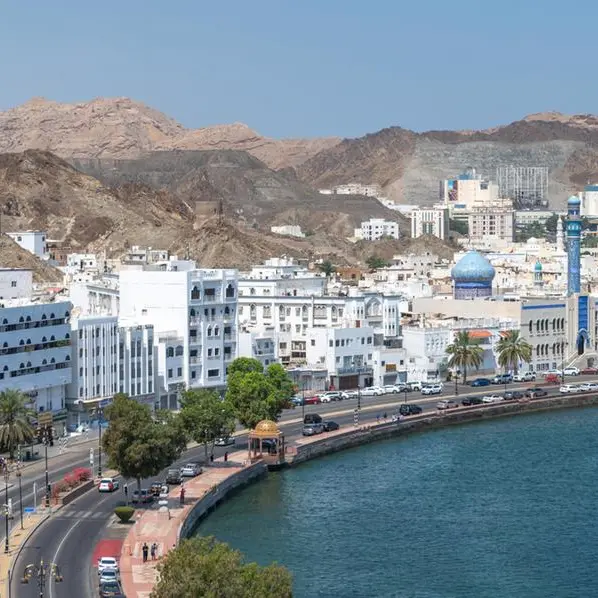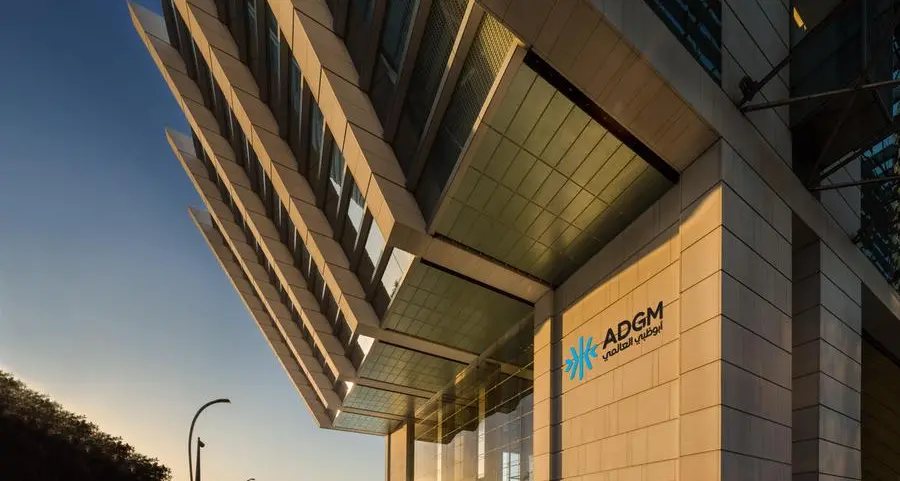PHOTO
Muscat - Internal building connections are one of the key factors contributing to ensuring the availability of high-quality and consistent telecommunications services within buildings. Poor internal wiring quality represents a major challenge and tops the list of complaints received by the Telecommunications Regulatory Authority (TRA) from subscribers across Oman's governorates.
In light of the TRA's concern for the quality of internal building connections, the Authority, in a media awareness campaign launched to raise community awareness of the importance of proper internal wiring for telecommunications services in residential and commercial buildings, highlighted the need to adopt the technical guidelines issued by the Authority.
These guidelines include requirements and standards for internal wiring according to the type of building, whether single-storey residential, multi-storey, commercial, or integrated residential complex.
The TRA emphasised that adherence to these technical standards ensures the availability of an internal communications network infrastructure that contributes to the digital transformation of society and supports the readiness of modern buildings to keep pace with the development of communications services and smart home technologies. It mentioned that failure to adhere to the approved technical standards may result in continued poor internal service coverage, which will negatively impact the user experience.
In the building category, single-storey residential buildings, it is recommended to extend Category 6 (CAT-6) copper cables or higher from the main distribution box to all communications sockets, with a dedicated infrastructure in place that allows each wireless access point (Wi-Fi) to be connected to a separate cable to enhance performance and coverage. It is also preferable to allocate an RJ45 cable to each television, security camera, ground-floor windows, and external door to transform the building into a fully integrated smart home. In multi-storey residential buildings, the ground floor should be equipped with a main distribution box, connected by ascending channels to the floor distribution boxes on each floor. In the case of big buildings, the TRA recommends establishing a communications room instead of boxes, in addition to providing a dedicated distribution box for each residential unit, connected via cable channels.
Furthermore, commercial buildings are required to provide a dedicated communications room within the commercial building, replacing the main distribution box, given the nature and volume of demand for communications services in these facilities. In residential complexes, a central communications room must be installed in the centre of the complex, connected to the outer wall via dedicated ducts. Fibre optic cables must be used to connect this room to all residential or commercial units within the complex, ensuring high-quality and efficient data transmission.
The importance of using quality connections lies in ensuring a fast internal communications network for all building facilities and the ability to deliver future electronic services necessary to keep pace with the digital transformation and meet the growing demand for communications services. Internal connections enable buildings to keep step with the digital transformation by providing a robust communications infrastructure, enabling the use of modern technologies and digital services.
For smart homes, internal connections are essential for connecting various devices and systems, such as lighting, security and entertainment, to provide an integrated and smart home environment.
2022 © All right reserved for Oman Establishment for Press, Publication and Advertising (OEPPA) Provided by SyndiGate Media Inc. (Syndigate.info).





















